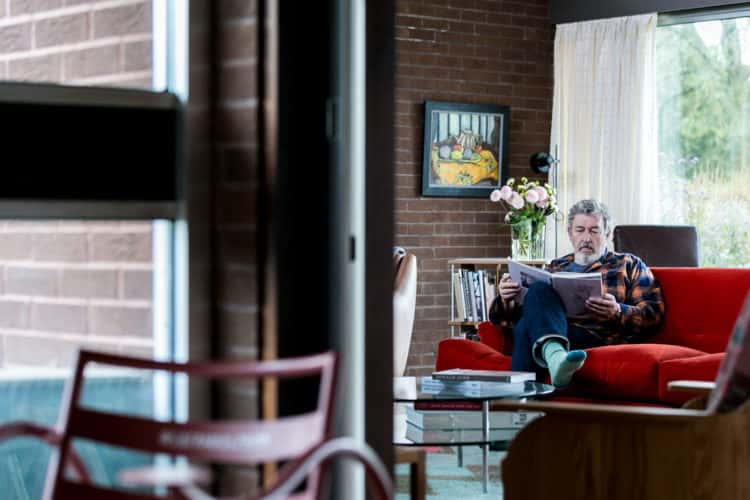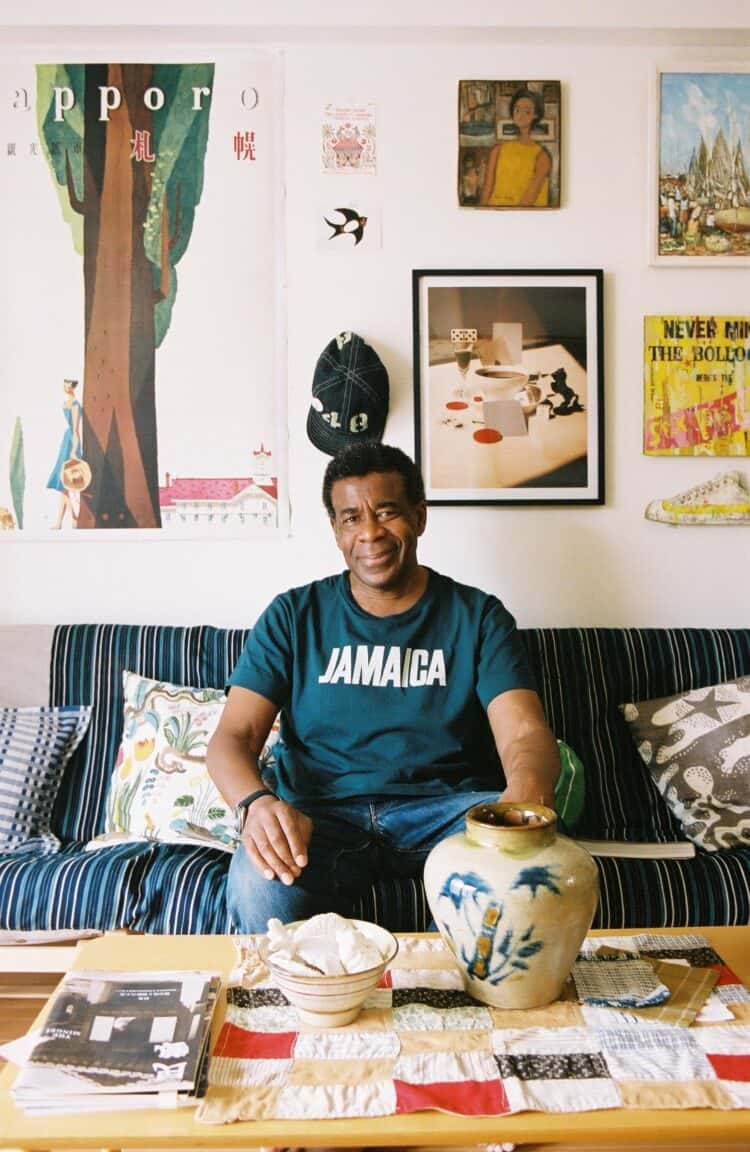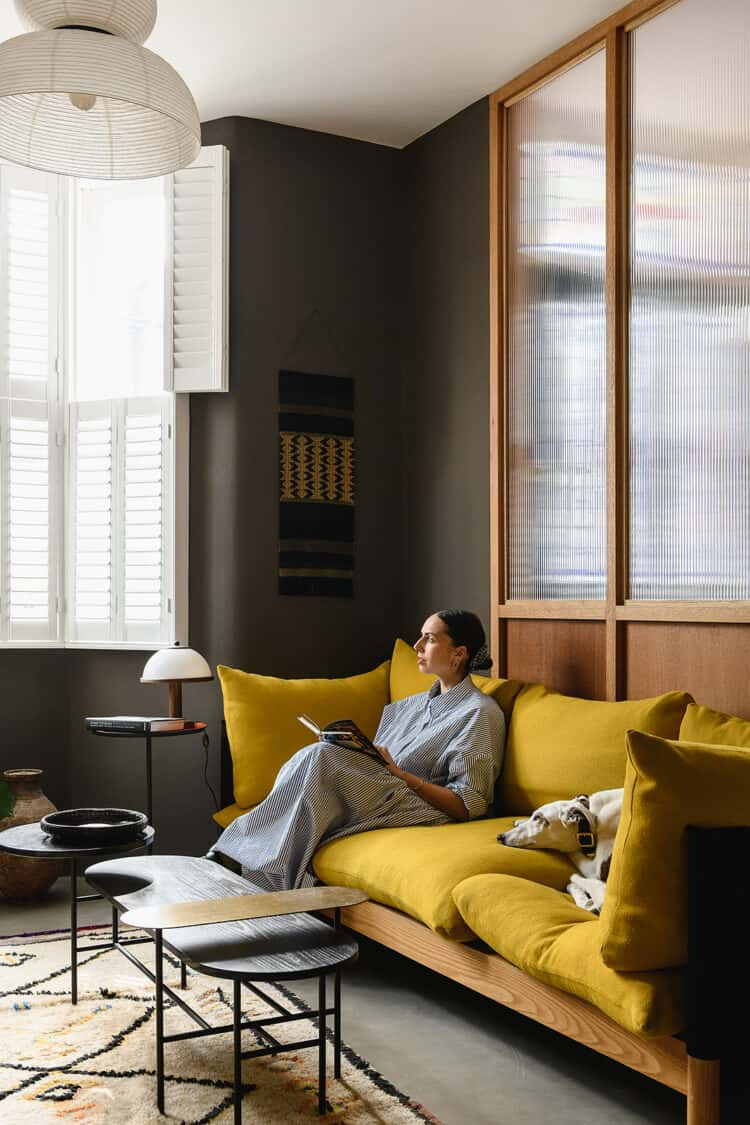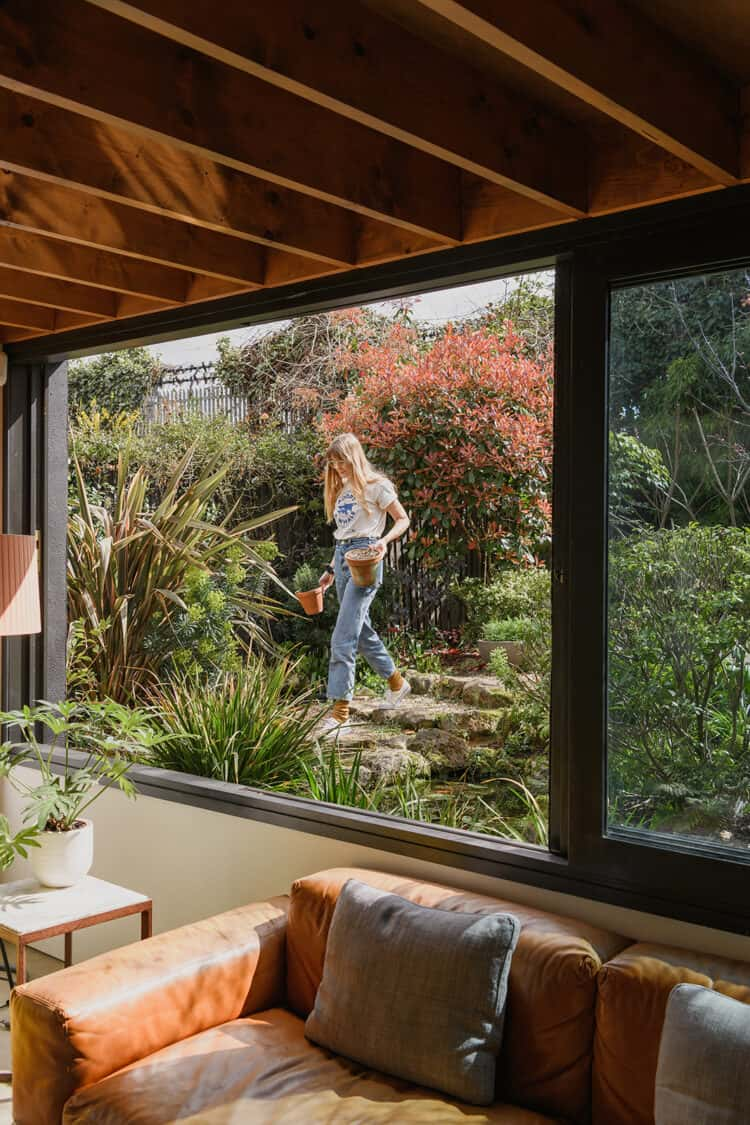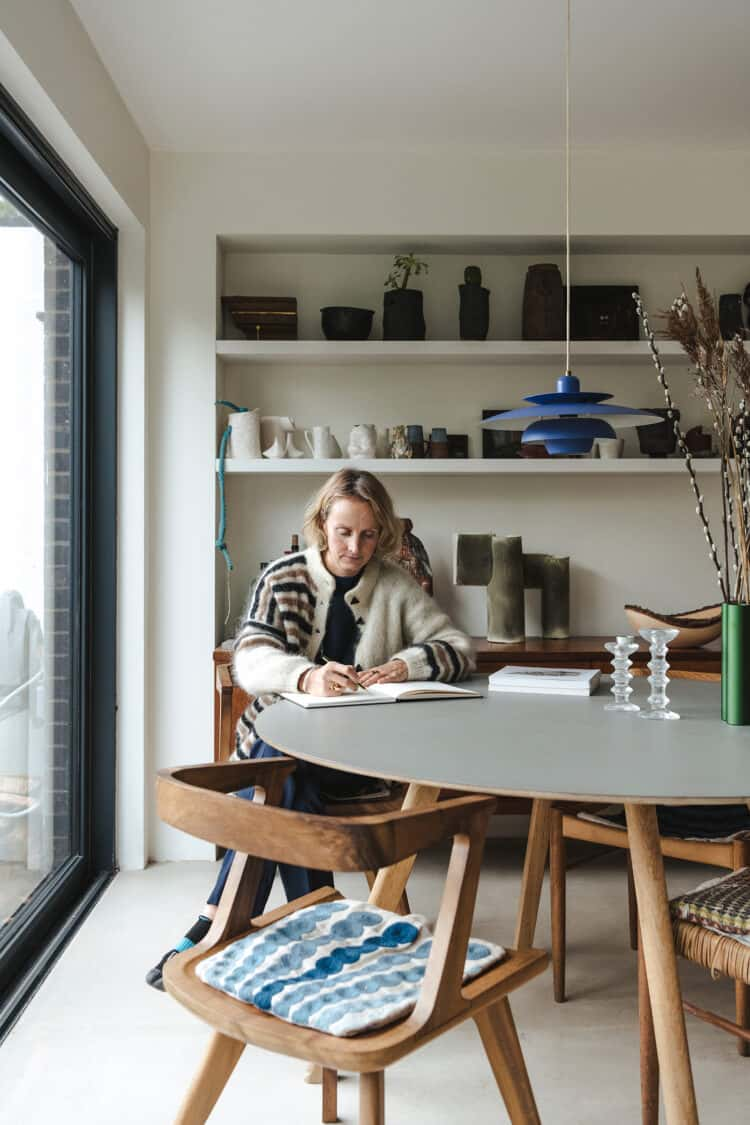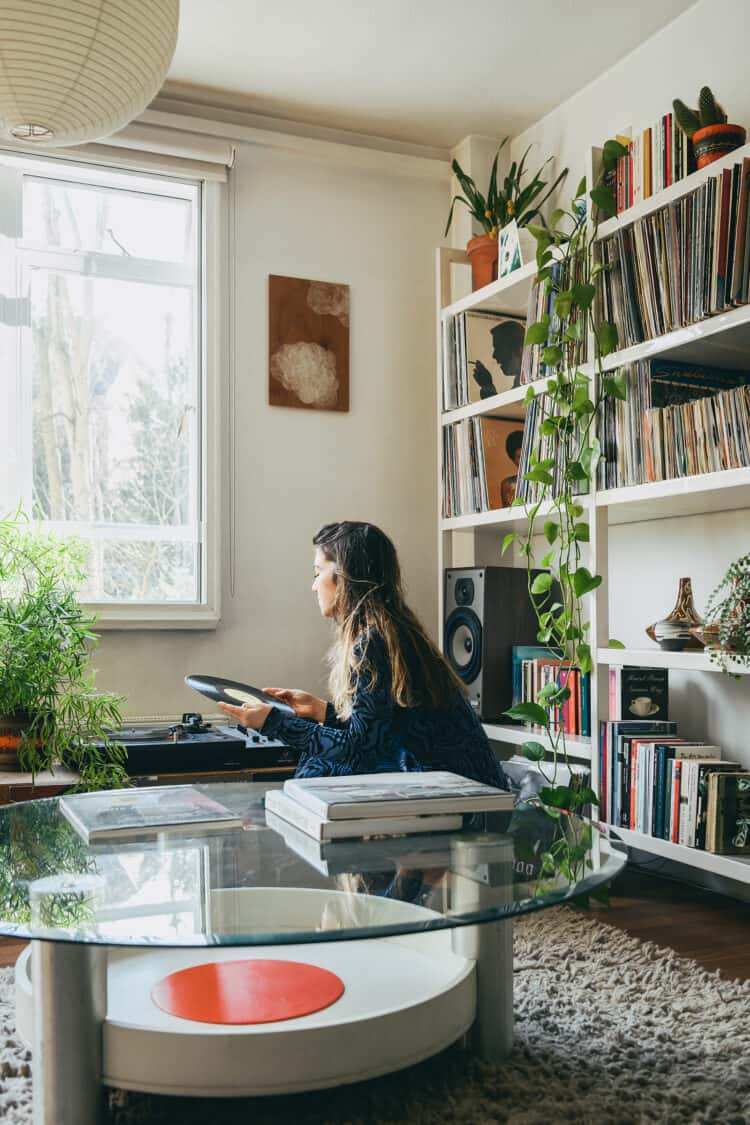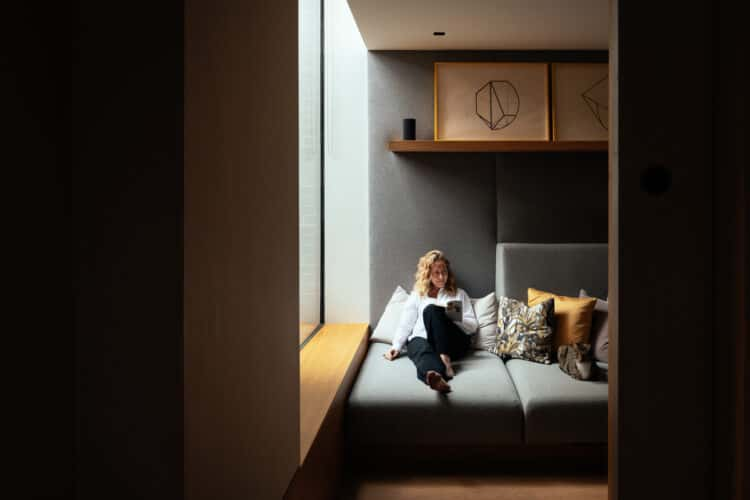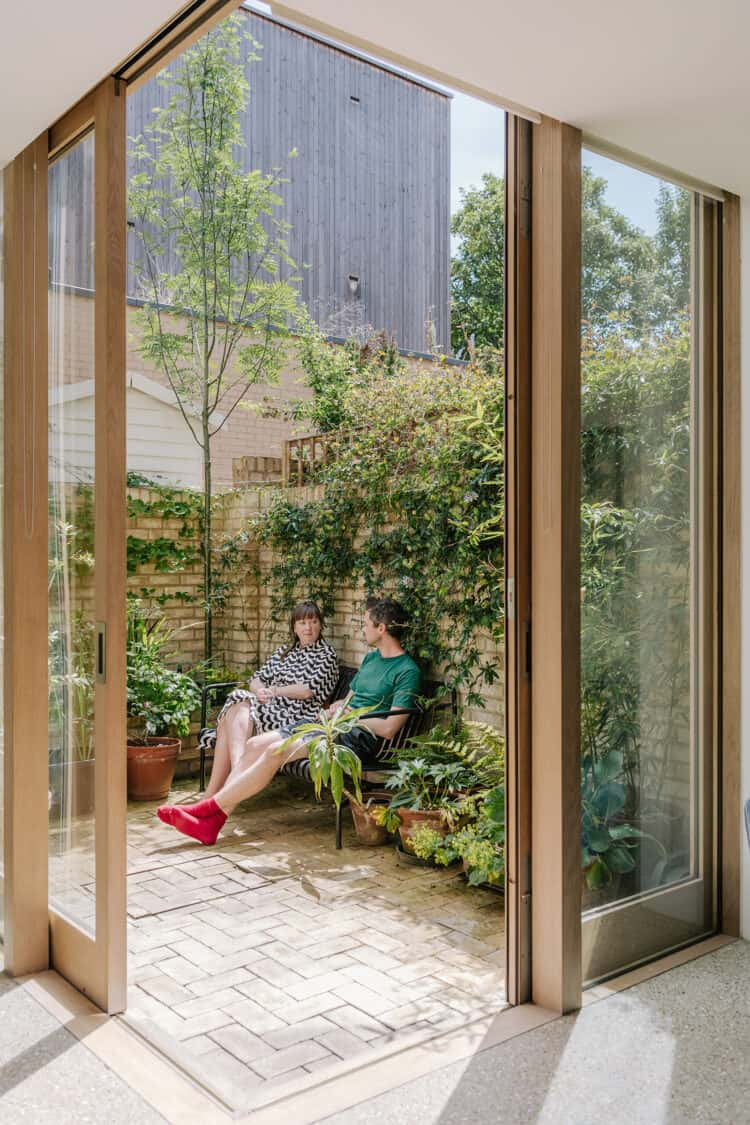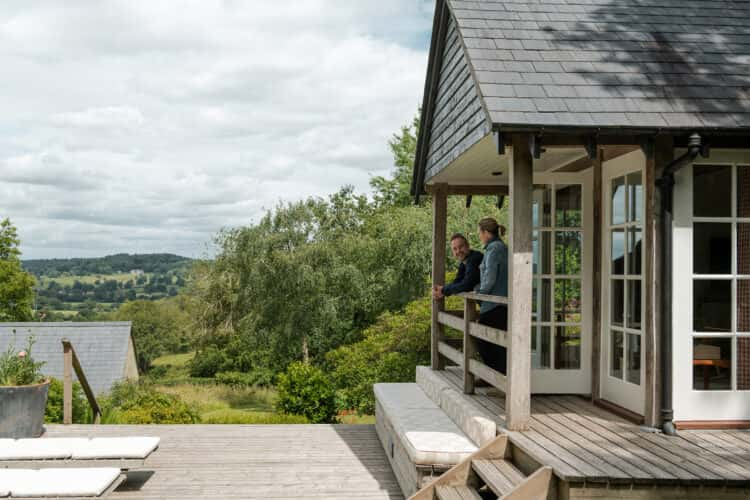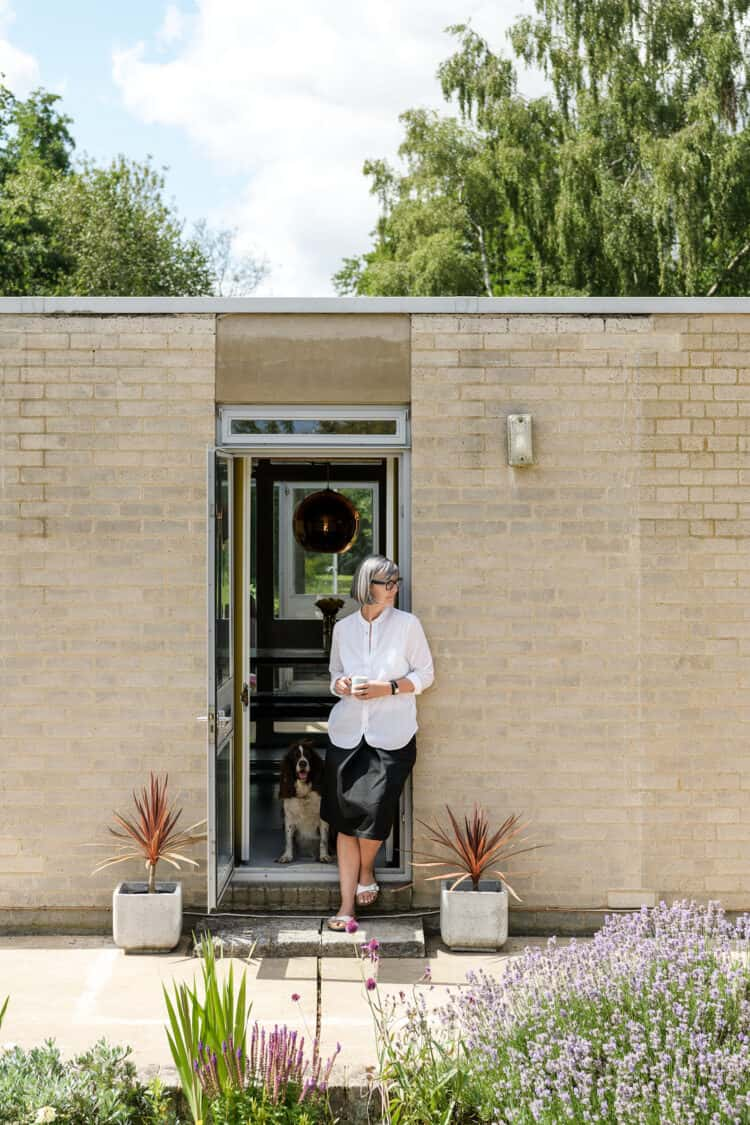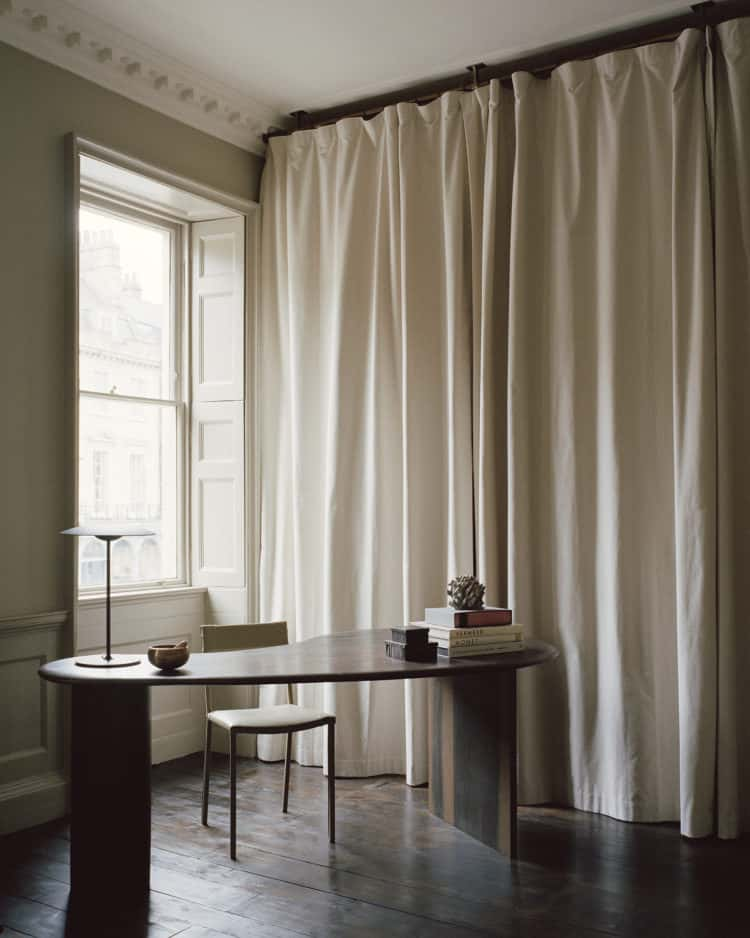The New Paint: Urban Flower Co founder Matt Richardson shares his tips for using plants as art at home
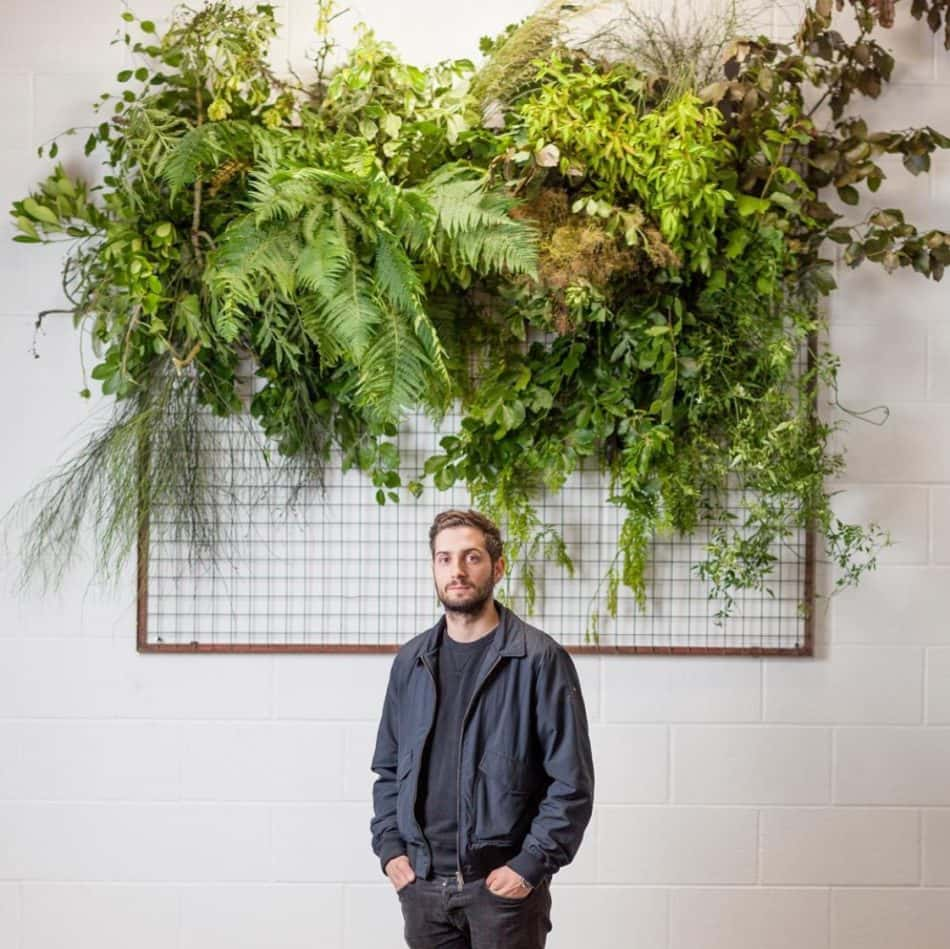
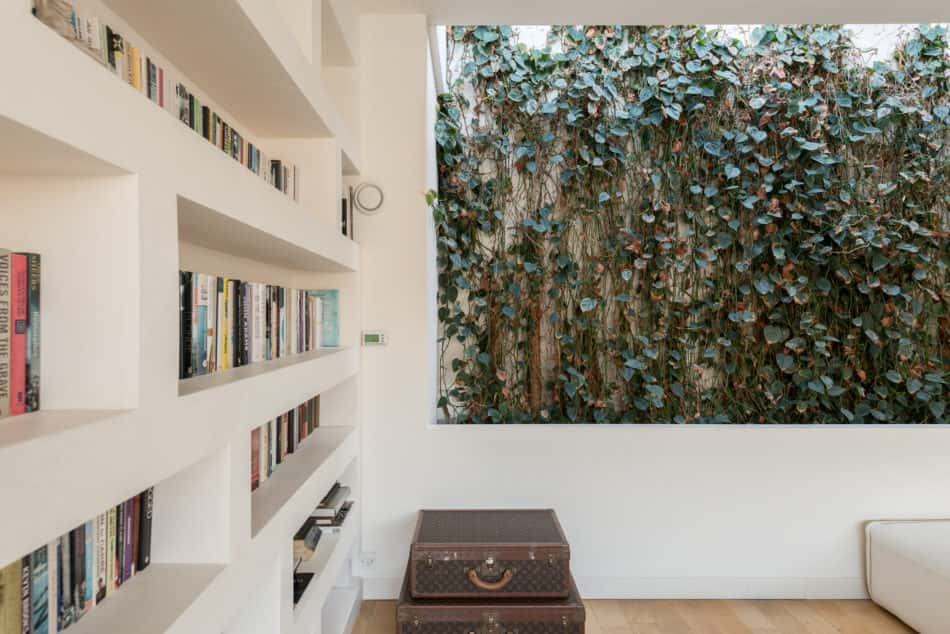
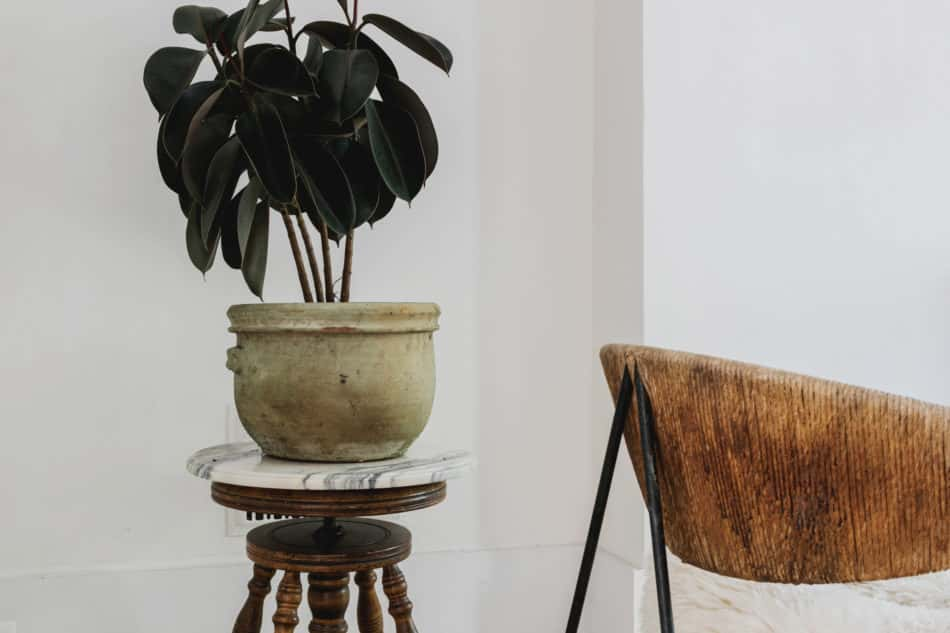
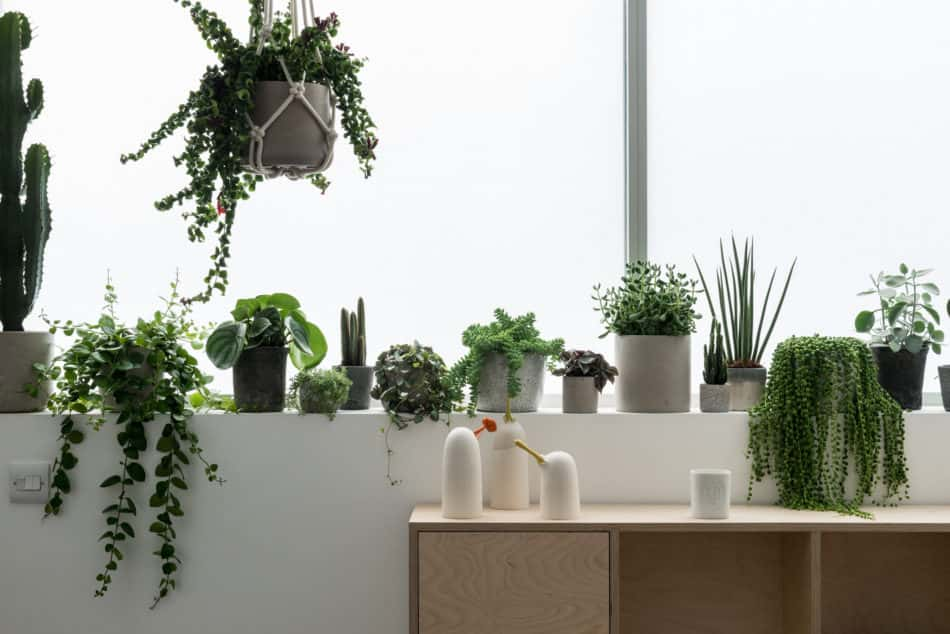
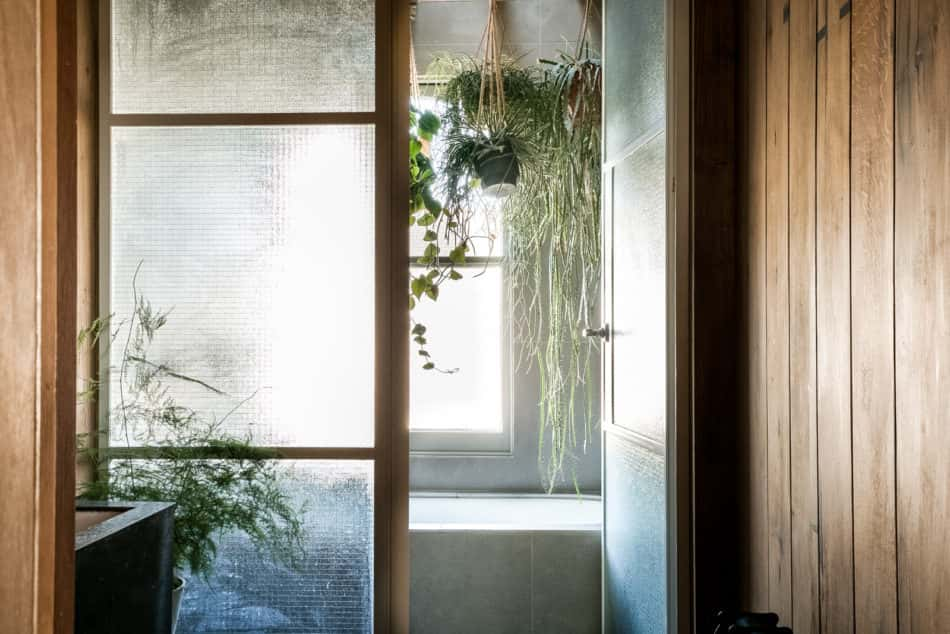
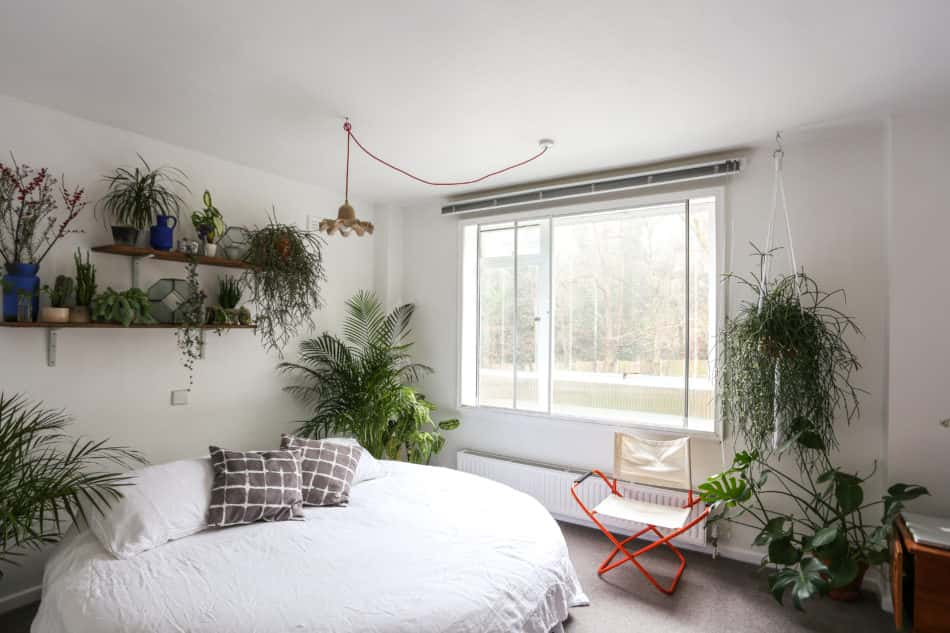
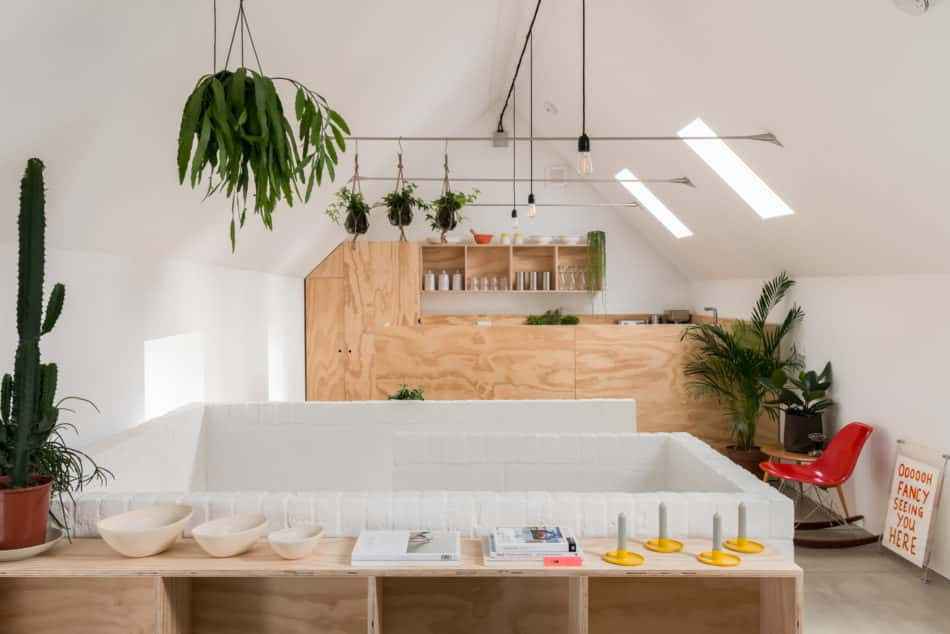
Inspired by botanical stylist Yasuyo Harvey’s beautiful home, we’ve been thinking about using plants as art and curating them in your home. We caught up with Matt Richardson – the founder of independent north London botanical plant and flower studio Urban Flower Co – to chat about the ways in which plants can be used as a vibrant substitute for artworks in the home.
The Living Wall
“These are such a great way to make a statement, and are essentially a piece of living art. There are a few ways they can be created. You can keep things fresh with a self-maintained wall of leafy greens; mixing up the shades and textures, and allowing it to grow as wild as you like. An alternative is to use fresh blooms that will age and decay over time. I think for me this is one of the most beautiful and painterly ways to use plants as art – I find the life cycle of flowers endlessly fascinating.”
The Standalone Plant
“If you have the floor space, a bold standalone plant is a great way to make a statement. For me, I’d say the bigger the better! Depending on what you choose, it’s a great way of bringing colour, shape and character to a room. Cheese plants are very popular, and I’m a big fan of Kentia Palms. Or if you’re looking for something striking that requires less maintenance, perhaps an Aloe Vera plant or a ‘Cowboy Cactus’.”
The Bonsai
“Bonsai is a Japanese artform with a fascinating heritage, and these trees for me are the ultimate way to combine botany and artistry. It takes a lot of skill and dedication to maintain one, but it’s a plant with character, age and a story. They make a structural focus in a room, and personally I’d say the weirder the shape the better!”
The Hanging Plant
“Hanging plants are a great way to draw the eye upwards, and can make a room with low ceilings feel more spacious. Either I’ll select one piece to hang as a statement, or if I’m displaying more than one, I like to hang them at different heights so that each individual piece can be shown off. The Urban Flower Co’s aesthetic is unstructured and focused on texture, and I think with hanging plants there are so many ways to play with fullness and cascading shapes, to make something really whimsical.”

